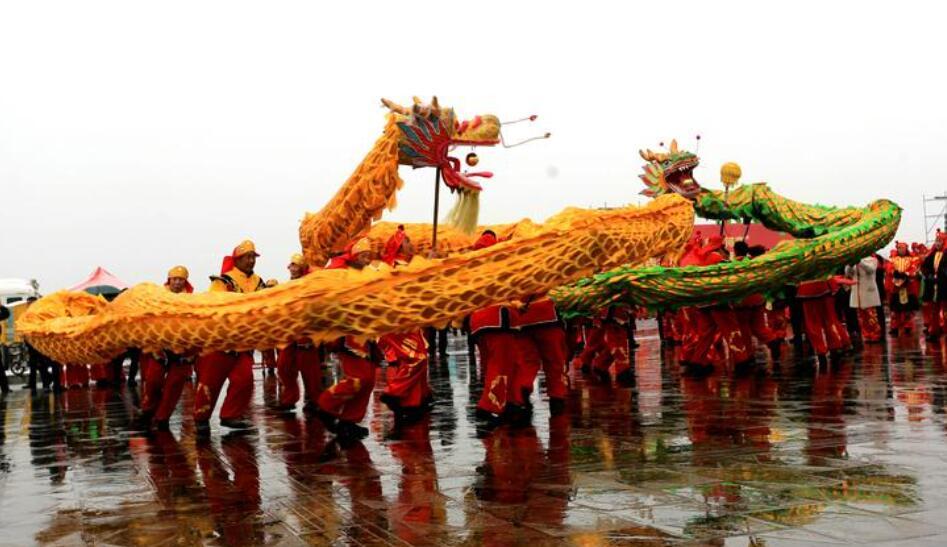Today, on the second day of the second month of the lunar calendar, the dragon looks up, which is a traditional festival in China, also known as the Green Dragon Festival. There are many customs on this day, like our here in eastern Henan, such as haircut called shaving dragon head, eating noodles called dragon whisker noodles, eating green onion cakes called "tearing dragon skin" and so on

Someone asked, isn't the dragon a myth in our country? Shave the head of the dragon, tear the dragon's skin, and don't be afraid of the dragon's misfortune!
In fact, as a dragon of the zodiac, it was really not a mascot at the beginning.
Our ancient ancestors domesticated the six animals very early, and combined with the yin and yang theory, the six animals are beneficial to humans and will also summarize the six pests (beasts) that are a threat to human beings.
Snakes and rats are in a nest, rats steal food, and poisonous snakes can hurt people. Hares harm crops, and monkeys make trouble. Tigers can eat people, and dragons (whirlwinds) can bring bad weather.
Therefore, the ancients went from reverence to worship, and the beasts were also canonized.
However, the sages never worshiped blindly, but used their wisdom to suppress the beasts of god that made them beneficial to man by sealing and suppressing the beasts.
For example, the folklore "bangs play golden toad, step by step to lose money", is to cut off a leg of the toad that harms the world, suppresses its evil nature, and hard turns it into a mascot for fortune.
The same is true of the dragon, which was originally a pest that brought bad weather to people.
The sages of ancient times tamed the dragon at the beginning of February when it first looked up, ensuring that the year was smooth and rainy.
Therefore, there is a custom of shaving the dragon's head and tearing the dragon's skin.
Why February 2nd?
In ancient astronomy, twenty-eight groups of stars near the equator of the ecliptic were chosen as coordinates as references for observing the celestial signs.
According to the trajectory and position of the sun, moon and stars, the ancients divided the stars near the ecliptic into twenty-eight groups, commonly known as "twenty-eight houses". "Su" means to live, because they are arranged in the four directions of the sun, moon, and five stars, much like the place where the sun, moon, and five stars inhabit, so they are called "suku".
The "Twenty-Eight Lodges" are divided into four groups according to the four directions of east, west, south, and north, resulting in "four elephants": the Eastern Dragon, the Western White Tiger, the Southern Suzaku, and the Northern Xuanwu. In the east, the 7 houses are called: "horns, kang, krypton, room, heart, tail, ji", the seven houses form a complete dragon-shaped astrology, people call it "Oriental Dragon", of which the horns represent the dragon's horns, the kang su represents the throat of the dragon, the koju represents the dragon's claws, the heart represents the dragon's heart, and the tail and the tail represent the dragon's tail.
In winter, the seven lodges of the dragon are hidden below the northern horizon. In the middle of the spring (between the sting and the spring equinox), the horns (horned one star and the horned two stars) appeared from the eastern horizon, at this time the entire body of the dragon was still hidden below the horizon, but the horns were first exposed, so it was called "dragon head up". The ancients believed that at this time, the dragon could best be tamed.